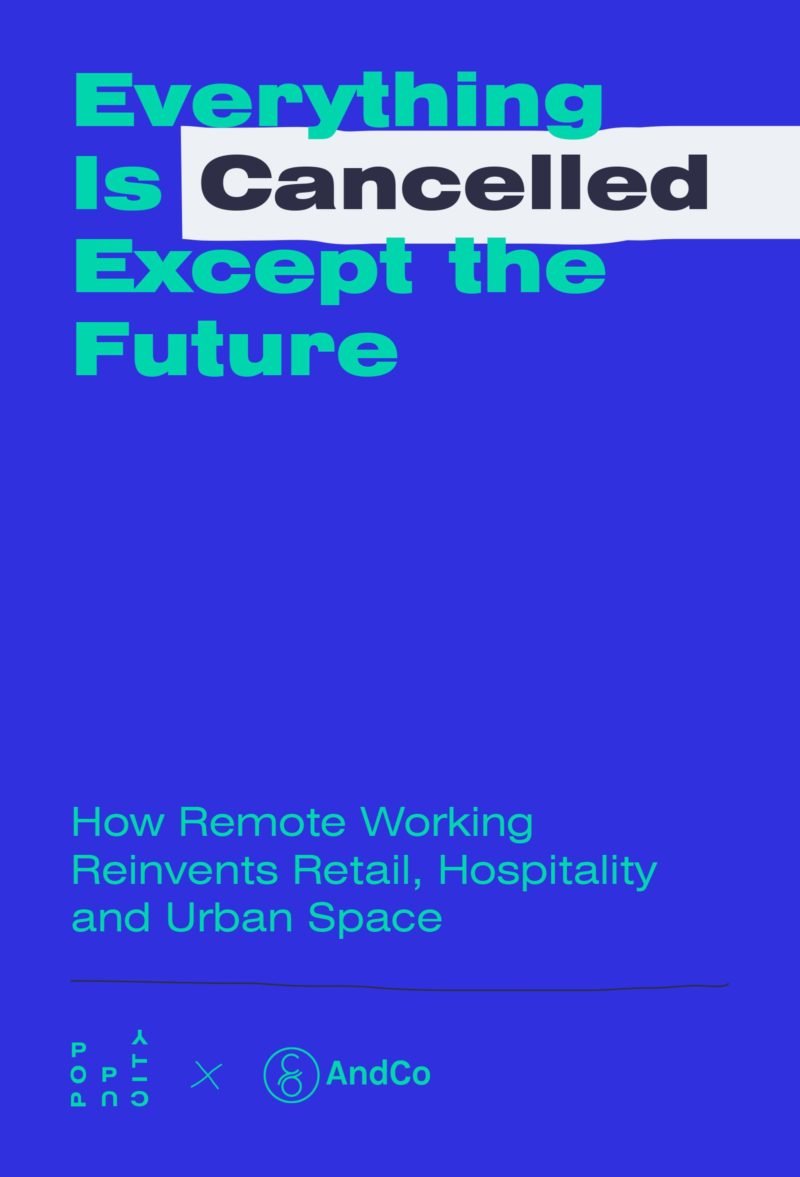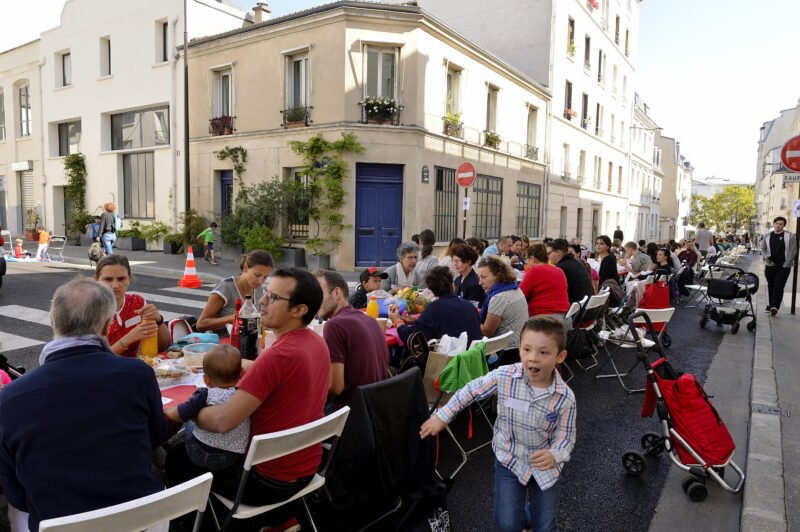Welcome to the ×-Minute City

In 2020, Paris Mayor Anne Hidalgo announced that the French capital should become a 15-Minute City — a city in which residents are able to meet most of their needs within a short walk or bicycle ride from their homes. In her wake, similar but different concepts emerged all over the world — from 1-Minute Cities to 1,000-Minute Cities. We discuss a few of them.
The launch of the fifteen-minute city in Paris created quite a stir among urban planners and designers. This concept for local urban development offers a more holistic approach to urban development that goes beyond replacing cars on the street with planters — it also focuses on housing, the level of facilities, the proximity of work, the multifunctional use of space, and a shift from globalism to localism. In many cities, the 15-Minute City was adopted literally. Other cities decided to give their own twist to the framework.

The 1-Minute City (Stockholm)
Vinnova, the Swedish national innovation agency, together with designers from ArkDes, created a street furniture series called Street Moves. The pieces are the size of a parking lot and they can have various components. A single module can be a meeting place for neighbours or an event venue, a parcel pick-up point or a parking area for bicycles. The parklets are part of an urban experiment known as the 1-Minute City. In September 2020, prototypes were installed in four different central locations in Stockholm. In each of those areas, students of local schools participated in designing the modules. The pilot project has so far yielded positive results, noting 400% more neighbours spending time on the street. Street Moves shows how the streets could look if pedestrians and bikes are prioritised. Moreover, the creators of this project want to set out new ways of thinking about what a city is and how it can be shaped.
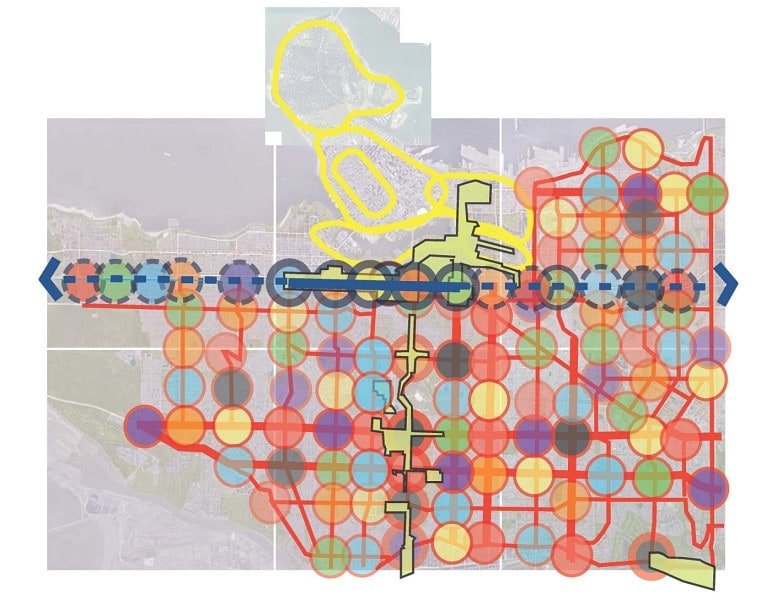
The 5-Minute City (Vancouver)
Scot Hein, an urban designer and professor in the Master of Urban Design Program at Simon Fraser University, presented a development plan for Vancouver earlier this year in which he envisions the city as a 5-Minute City. Hein divides the Canadian city into a framework of about 120 “community catchments.” Each pocket contains at least one school, a commercially zoned intersection for walkable shopping and jobs, and a mix of housing in different price segments.

The 10-Minute City (Brussels)
The City of Brussels has embraced the idea of a 10-Minute City. The Belgian capital has launched a project that maps the accessibility of local amenities on foot, by bicycle and by public transport. The ultimate goal is to develop a guideline for future planning of amenities and housing that enables citizens to find all basic needs — green spaces, schools or shops — within less than ten minutes from home. By actively encouraging inhabitants to walk more, the plan hopes to contribute to a safer and healthier city to live in. This is not a bad idea, as Brussels’ car-centricity has made it one of the most congested cities in Europe.
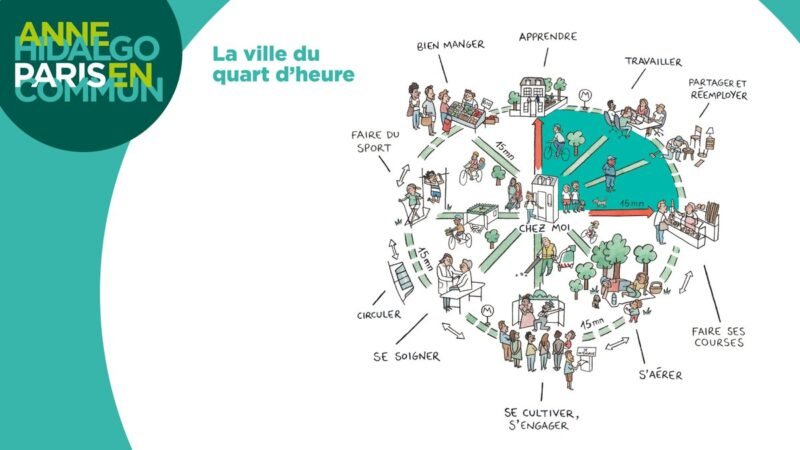
The 15-Minute City (Paris)
The 15-Minute City, the mother of all Minute Cities, was presented by Anne Hidalgo during her successful mayoral re-election campaign. This urban vision for Paris aims to reduce the number of cars on the streets and the levels of air pollution by cutting commutes and travel necessities. This is done by prioritising walking and cycling in the design of public spaces and creating a wider variety of amenities and workplaces in each neighbourhood. With the rise of co-working hotspots and hotdesking, these could be co-working spaces to serve the local workers to cut their commute times at least most days of the week. Furthermore, this could be transforming the amenities already available in the area to offer the public spaces needed at all times of the day — a restaurant, cafe or nightclub that can be transformed during the day to offer local workers, students and school children the spaces they need during the day and libraries, stadiums and public buildings that open after hours to provide social amenities.

The 30-Minute City (Sydney)
In the wake of the 15-Minute City, the Greater Sydney Commission, the planning agency for the Sydney region, came up with the term 30-Minute City. The commission developed this concept as a centrepiece of its 40-year urban development plan. Unlike Paris, where the focus is on strengthening neighbourhood life, planners in Sydney want to improve connectivity between the three important metropolitan centres — Western parkland city, Central river city and Eastern harbour city — in order for citizens to be able to reach their nearest metropolitan centre/cluster, strategic or large local centre using public transport and/or walking within thirty minutes. In concrete policy terms, this means that the city is investing additional money in increasing the frequency of public transportation connections and the percentage of residents who work in strategic centres.
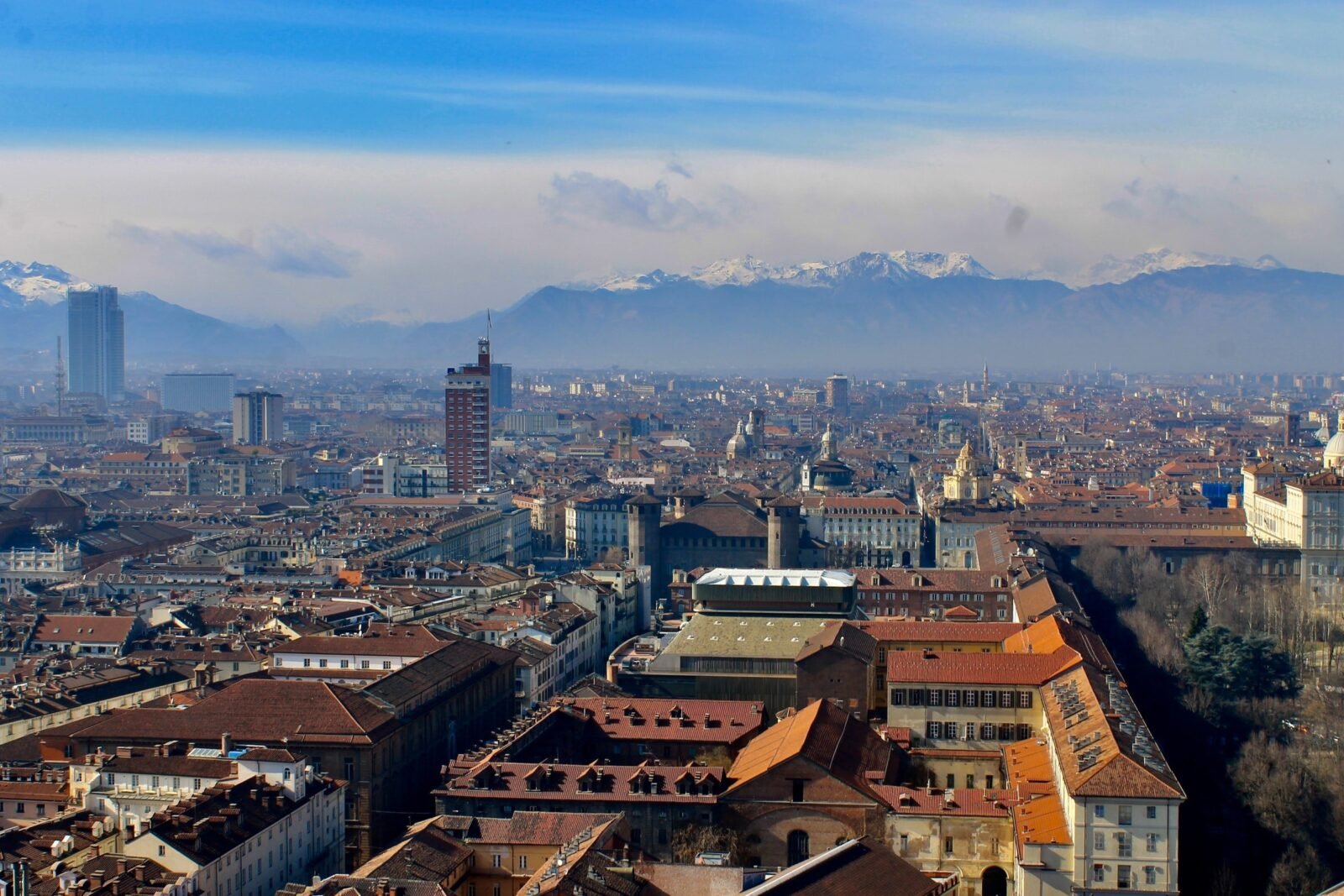
The 1,000-Minute City (Turin)
Torino Stratosferica, organisers of city-making festival Utopian Hours came up with a provocative vision of a 1,000-Minute City. In this vision, the concept of urbanity goes beyond physical structures. In a highly connected and internationalized world, one could argue that the city has no limits. The spirit of the city is where the sense of urbanity is. This could be anywhere. You can be a Londoner and a Milanese at the same time or can be a city dweller despite living in the countryside. The concept of Torino Stratosferica emphasises the temporal aspect of the city. The city is no longer a centre where people live together, but a polycentric structure of dispersed, yet well-connected citizens. Those urban dwellers supply themselves in dispersed markets for goods and information and they are united by common values — they are “open to the world, ambitious, cultured, tolerant”.
